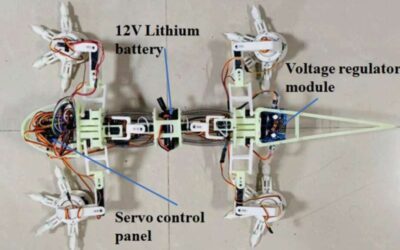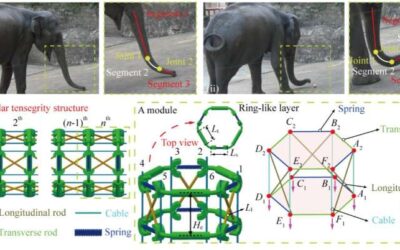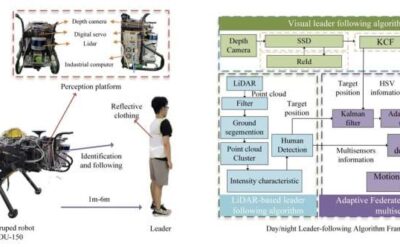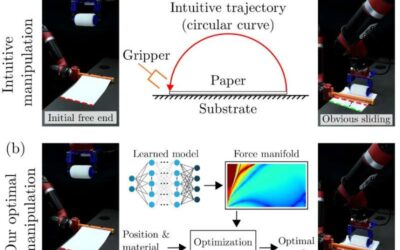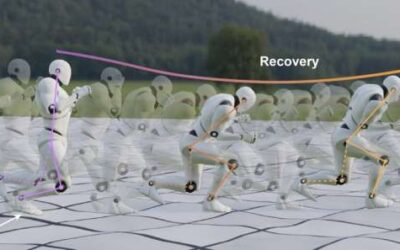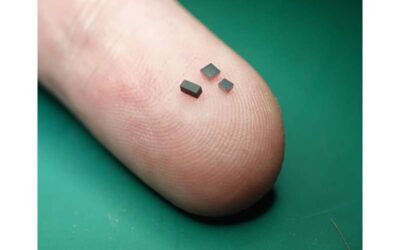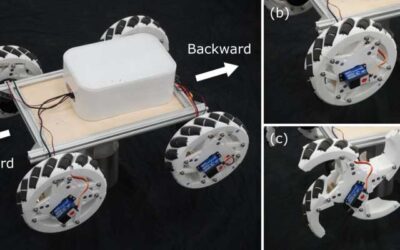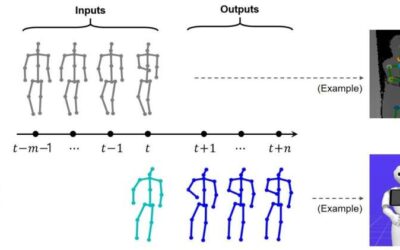Technological advances have opened exciting possibilities for space exploration, which could potentially lead to new discoveries about the celestial bodies in our galaxy. Robots have proved to be particularly promising tools to explore other planets, particularly...
Robotics
A framework that could improve the social intelligence of home assistants
Existing artificial intelligence agents and robots only help humans when they are explicitly instructed to do so. In other words, they do not intuitively determine how they could be of assistance at a given moment, but rather wait for humans to tell them what they...
A continuum robot inspired by elephant trunks
Conventional robots based on separate joints do not always perform well in complex real-world tasks, particularly those that involve the dexterous manipulation of objects. Some roboticists have thus been trying to devise continuum robots, robotic platforms...
A framework that allows four-legged robots to follow a leader in both daytime and nighttime conditions
Legged robots have significant advantages over wheeled and track-based robots, particularly when it comes to moving on different types of terrains. This makes them particularly favorable for missions that involve transporting goods or traveling from one place to...
A method to enable robotic paper folding based on deep learning and physics simulations
To tackle different real-world tasks, robots should be able to handle and manipulate a variety of objects and materials, including paper. While roboticists have successfully improved the ability of humanoid robots or robotic grippers to handle several materials, paper...
An imitation-relaxation reinforcement learning framework for four-legged robot locomotion
For legged robots to effectively explore their surroundings and complete missions, they need to be able to move both rapidly and reliably. In recent years, roboticists and computer scientists have created various models for the locomotion of legged robots, many of...
A model to enable the autonomous navigation of spacecraft during deep-space missions
Simultaneous localization and mapping (SLAM) is a promising technology that can be used to improve the navigation of autonomous systems, helping them to map their surrounding environment and track other objects within it. So far, it has primarily been applied to...
A gyroscope-free system to efficiently control the flight of insect-size robots
Light-weight and flying robots the size of small insects could have highly valuable real-world applications, for instance supporting search & rescue missions, inspections of hazardous sites, and even space exploration.
A transformable robot with an omnidirectional wheel-leg
Researchers at Worcester Polytechnic Institute recently created OmniWheg, a robotic system that can adapt its configuration while navigating its surrounding environment, seamlessly changing from a wheeled to a legged robot. This robot, introduced in an IEEE IROS 2022...
A deep learning model that generates nonverbal social behavior for robots
Researchers at the Electronics and Telecommunications Research Institute (ETRI) in Korea have recently developed a deep learning-based model that could help to produce engaging nonverbal social behaviors, such as hugging or shaking someone's hand, in robots. Their...

